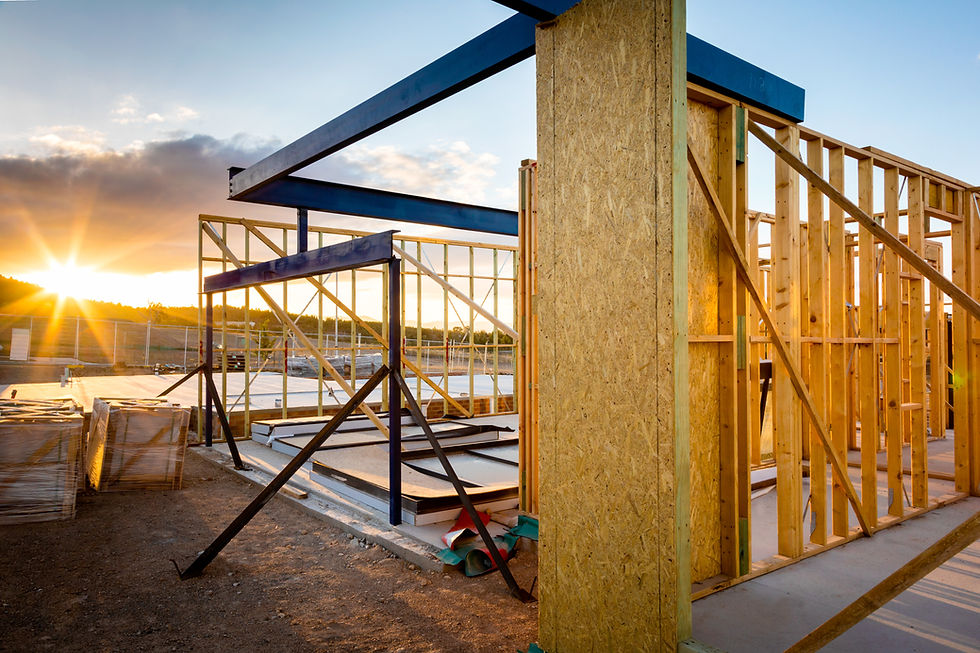Operating Cadence: The Key to a High-Performing Organization
- William Tseng
- Mar 3
- 3 min read
Updated: Mar 12
I first learned about operating cadences from https://www.saastr.com/the-cadence-how-to-turn-your-saas-startup-into-an-army-with-david-sacks-video-transcript/, which made me wonder why this topic isn't discussed more often. In today's fast-paced business environment, of companies looking to manage the chaos of growth, executing with consistency and alignment have a competitive edge over those that act reactively. This is where operating cadence comes into play—a structured rhythm of meetings, planning cycles, and communication processes that ensures smooth organizational operations.
But what exactly is an operating cadence, and how can you implement one that drives real impact? Let’s dive in.
What Is Operating Cadence?
Operating cadence refers to the regular schedule of strategic and tactical check-ins that ensure teams stay aligned, make informed decisions, and keep work moving forward. Think of it as the heartbeat of an organization—a structured flow of communication that prevents misalignment, reduces inefficiencies, and fosters accountability. A strong operating cadence is built around predictability, focus, and execution, ensuring that key discussions happen at the right time with the right people.
Why Operating Cadence Matters
Without an intentional operating cadence, companies often experience:
❌ Unnecessary, ad-hoc meetings that drain time and energy.
❌ Siloed teams working in different directions with misaligned priorities.
❌ Slow decision-making, leading to missed opportunities.
❌ Reactive firefighting instead of proactive planning.
On the other hand, when companies establish a well-structured cadence, they gain:
✅ Greater alignment across leadership, teams, and departments.
✅ More focused meetings that serve a clear purpose.
✅ Improved execution and accountability, ensuring progress on key initiatives.
✅ Faster, data-driven decision-making with the right inputs at the right time.
The Core Components of an Effective Operating Cadence
A successful operating cadence is not just a calendar full of meetings—it’s a carefully structured rhythm designed to drive focus and execution. While every company is different, a strong cadence typically includes the following:
1. Strategic Planning Cadence (Quarterly & Annually)
Purpose: Align leadership on long-term vision, goals, and priorities.
Annual Planning Meeting: Define company-wide objectives for the year.
Quarterly Business Reviews (QBRs): Assess progress, refine strategy, and set next-quarter priorities.
2. Execution & Performance Cadence (Monthly & Weekly)
Purpose: Keep teams accountable and ensure continuous progress.
Monthly Performance Reviews: Review key metrics, wins, and blockers.
Weekly Leadership Syncs: Ensure cross-functional coordination and issue resolution.
3. Team-Level Operating Cadence (Weekly & Daily)
Purpose: Drive tactical execution and alignment within teams.
Weekly Team Meetings: Focus on key priorities, roadblocks, and next steps.
Daily Standups (if needed): Provide quick updates, flag issues, and keep projects moving.
4. Retrospectives & Continuous Improvement
Purpose: Regularly assess and improve processes.
Project Post-Mortems: Learn from successes and failures.
Employee Feedback Loops: Gather input on ways to optimize workflows.
How to Build the Right Operating Cadence for Your Organization
1️⃣ Start with Outcomes: Define what you want to achieve with your cadence—alignment, execution, decision-making speed, etc.
2️⃣ Assess Current Gaps: Identify bottlenecks, redundant meetings, and areas where communication is breaking down.
3️⃣ Design a Cadence That Fits Your Organization: Every company’s needs differ. Customize the frequency and structure of meetings based on size, culture, and workflows.
4️⃣ Standardize Meeting Structures: Set clear agendas, objectives, and time limits for each meeting type to maximize efficiency.
5️⃣ Continuously Optimize: An operating cadence should evolve as your business grows. Regularly gather feedback and adjust as needed.
Final Thoughts: The Future of Operating Cadence
The best companies don’t just have meetings—they have a system for making meetings valuable. A well-designed operating cadence ensures that every conversation has a purpose, every decision is made at the right time, and every team is working in sync.
In a world where time is the most valuable resource, organizations that master operating cadence will outpace the competition.
Is your company’s operating cadence helping or hurting productivity?





Comments